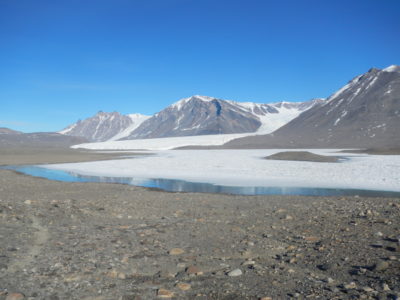
A Single Extreme Summer has Long Lasting Impacts
A Single Extreme Summer has Long Lasting Impacts
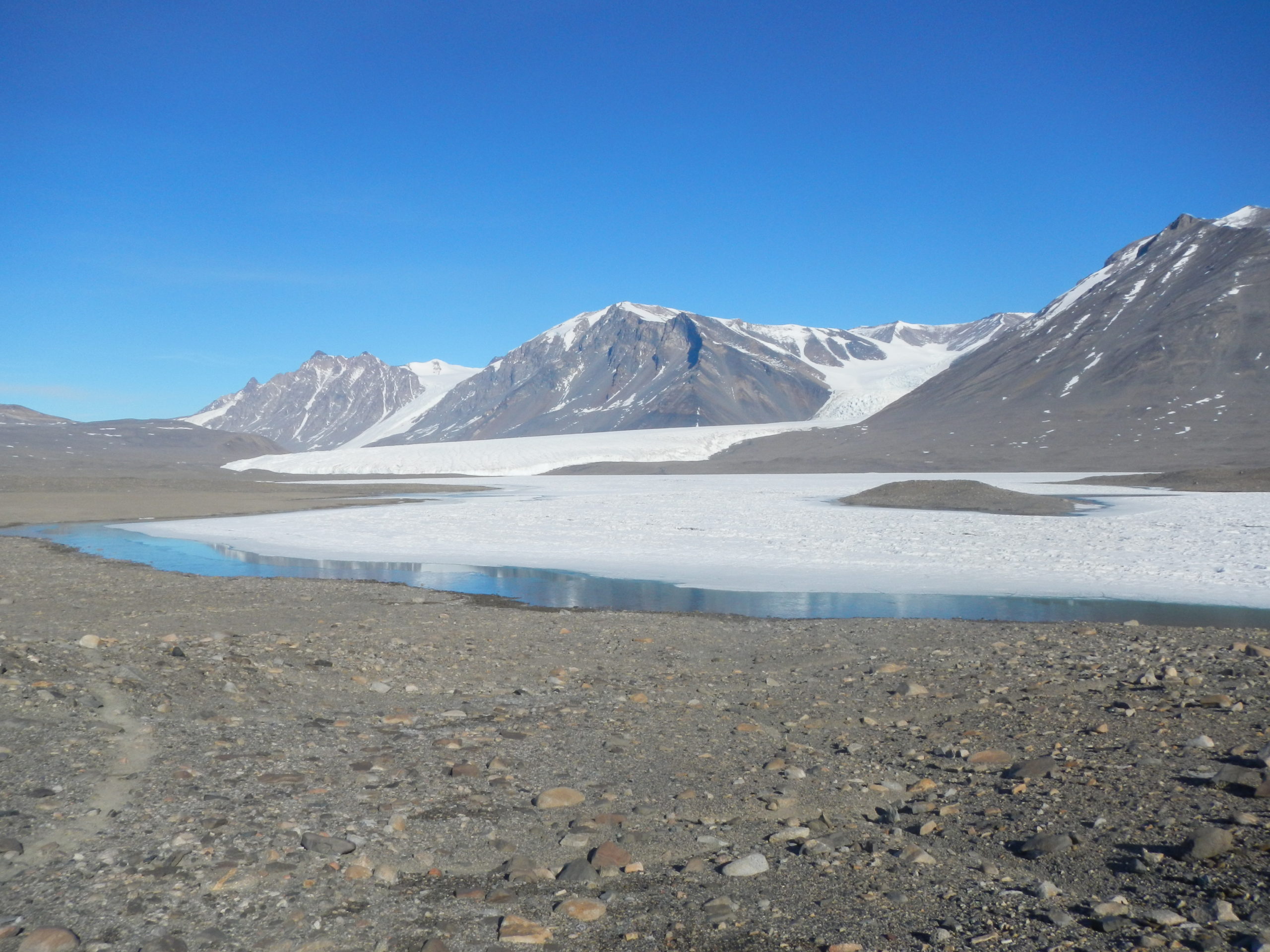
Credit: MCM LTER
During a decadal cooling period, productivity and hydrological connectivity synchronously decreased among terrestrial and aquatic ecosystems. As summer air temperatures and solar radiation stabilized in the following decade, the ecosystem moved back toward pre-cooling period conditions but in an asynchronous manner. This was due in part to the fact that the end of the cooling period was punctuated by the highest glacial melt summer on record.
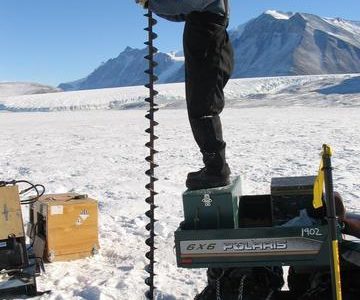
Climate and Hydrology Changes are Altering Soil Communities
Climate and Hydrology Changes are Altering Soil Communities

Credit: Amy Chiuchiolo / MCM LTER
Soil invertebrate communities in long term monitoring plots are responding to long term and seasonal changes in temperature and water availability, with key taxa exhibiting distinct responses. These changes are favoring rarer hydrophilic taxa, while the dominant species, an endemic free-living nematode which prefers cold dry soils, is declining in monitoring and experimentally manipulated plots.

Phytoplankton are sensitive to nutrients and light
Phytoplankton are sensitive to nutrients and light
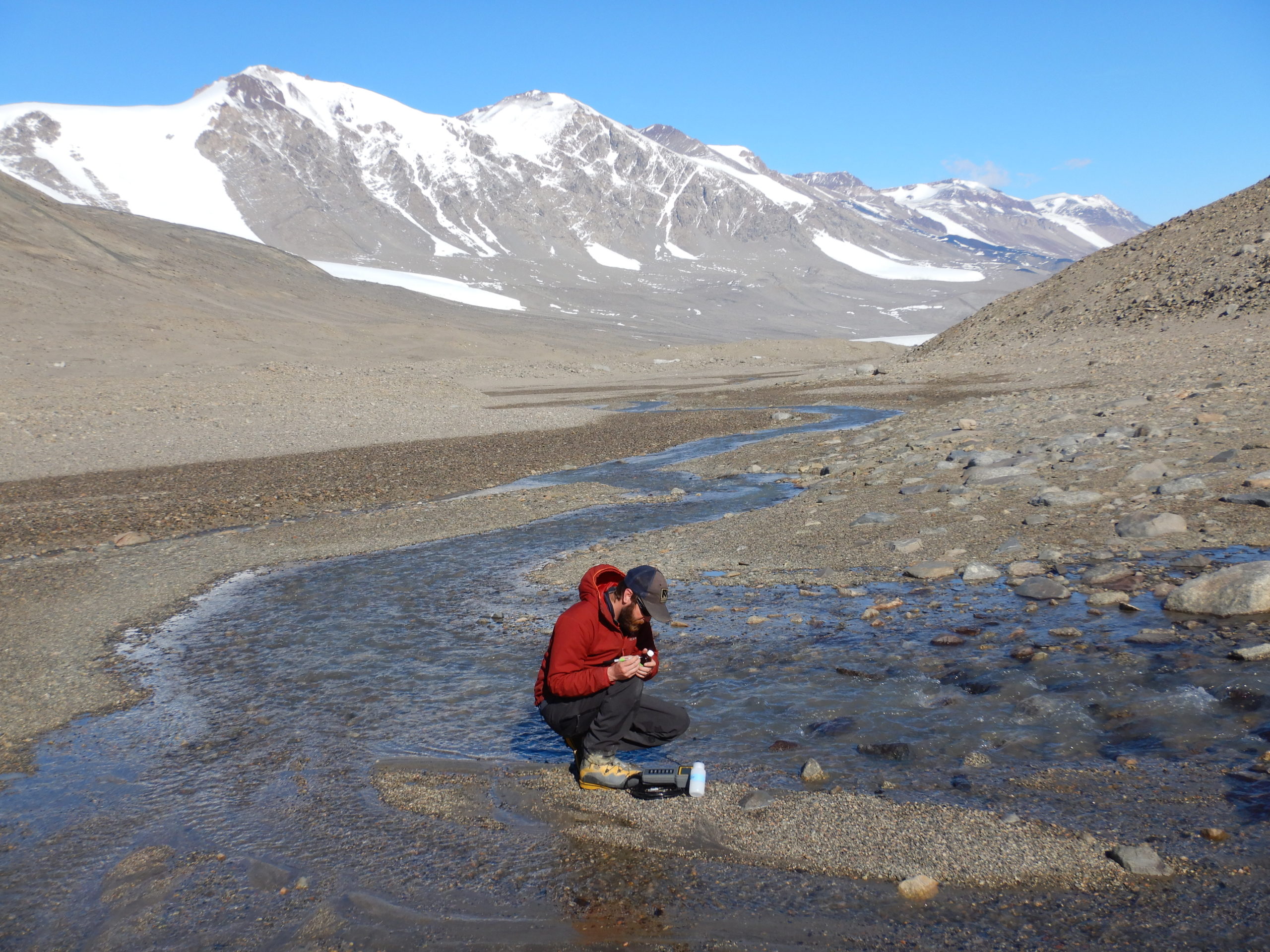
Credit: MCM LTER
Photosynthetic and mixotrophic eukaryotes are the dominant primary producers in the stratified water columns of the dry valleys lakes. Nutrient amendment experiments have shown that growth of chlorophytes, an obligate photosynthetic phytoplankton group, are stimulated by the addition of nitrogen or phosphorus in Lake Fryxell and nitrogen in Lake Bonney. Conversely, when communities are transplanted to the high light environment of open water moats, chlorophyte abundance and photosynthetic activity declined significantly. These results indicate that climate-related changes have conflicting impacts on phytoplankton communities (increased nutrient input versus lake level rise/expanding moats).
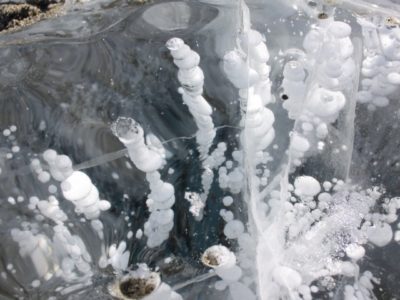
Connectivity Matters in a Rapidly Changing Environment
Connectivity Matters in a Rapidly Changing Environment
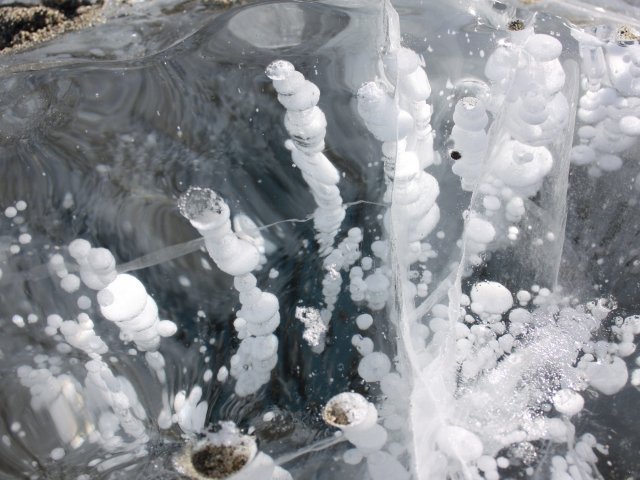
Credit: Aslan Wright-Stow Hilke Giles, Antarctica NZ Pictorial Collection: K081C 08/09
Record melt and thaw events over the past decade have increased the physical connectivity of the McMurdo Dry Valleys ecosystem. Researchers at MCM LTER have tested hypotheses that focus on responses, such as increased biogeochemical cycling and changes in biodiversity. These studies suggest that landscape morphology is changing as permafrost thaws, and that biological communities are indeed responding to altered climatic conditions (e.g., high and low flow controls on stream benthic mat abundance).
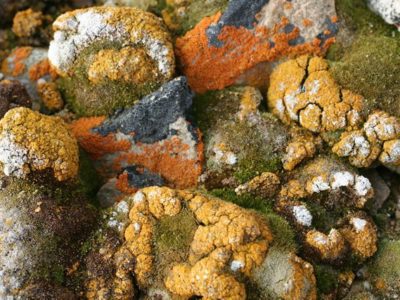
Significance of Lake Moats
Significance of Lake Moats
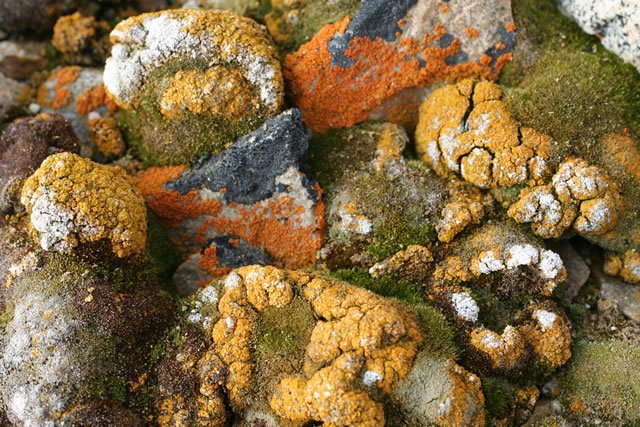
Credit: Tracey Jones, Antarctica NZ Pictorial Collection: K024C 07/08
In the austral summer, the shallow margins of ice-covered lakes melt, forming moats around the permanent ice covers of the lakes. Waters here interact with streams, soils, and the atmosphere (unlike those under the permanent ice). Recent study of these moats has uncovered these as the locations of the highest biomass per unit area in the dry valleys landscape.










